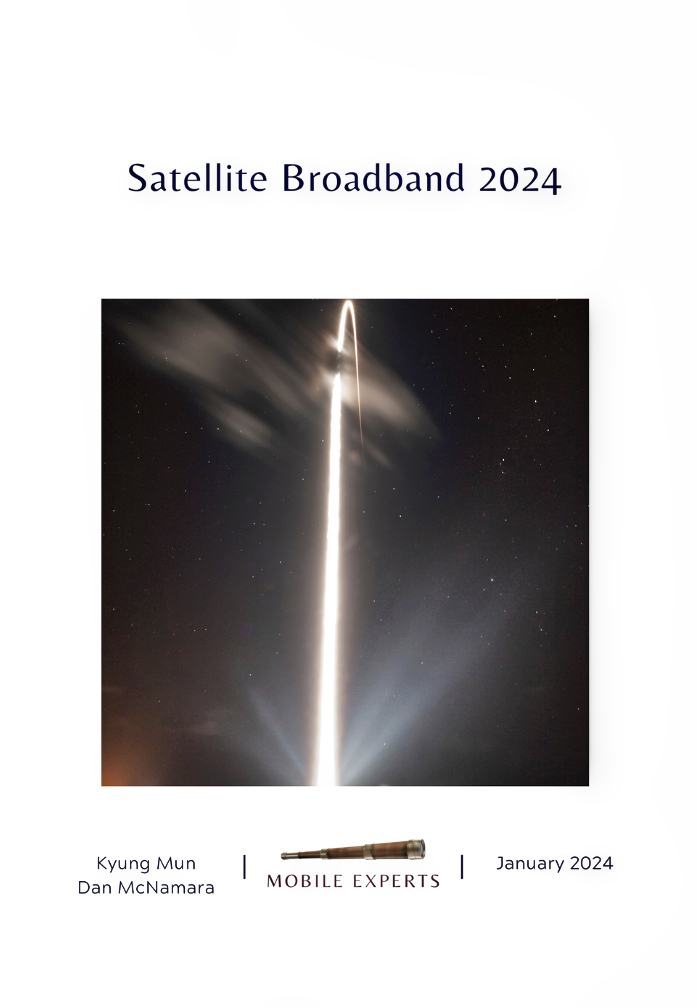
Mobile Experts has released a new market study — Satellite Broadband 2024 — that outlines the future for sSatellite broadband systems and forecasting satellite launches and subscriber numbers through 2028.
This new report compares the costs of LEO, GEO, and terrestrial Fixed Wireless Access (FWA) to illustrate where LEO, GEO, and FWA technologies will be used by broadband subscribers.
Cost factors and capacity/data speed are two key factors that illustrate the best way to segment the rural broadband market—and of course the analysis leads to a five-year forecast for CPE shipments. SpaceX has changed the game dramatically, first by slashing the cost of launching communications satellites into orbit, and secondly by placing more than 5,300 satellites in orbit.
Today, the options for rural broadband are far faster and cheaper than ever before due to “everywhere” coverage and competition between FWA options and Starlink. This report dives into the capacity expected from GEO, LEO, and FWA to determine the applications that fit each satellite type.
GEO satellites offer the lowest-cost services for multiple reasons outlined in the report, but with limitations on capacity. LEO satellites offer wide bandwidth, low latency, and low cost for rural cases and in some cases can be competitive even in a suburban environment. FWA (based on 3-4 GHz mobile networks) can be very cost-effective where the mobile operators have tower and fiber infrastructure, but the economics become challenging in more rural areas.
This report shows the opportunity for each approach. The long-term forecast outlines plans for constellation size, including a look at Starlink, Viasat, Echostar, Eutelsat, Intelsat, SES, Telesat, Kuiper, Globalstar, Lynk Global, and AST SpaceMobile.
Mobile Experts states they are the only company to offer analysis of FWA compared with LEO satellite broadband—this is the critical comparison to determine the future of both markets.
This new report on satellite broadband starts with basic technical information about the satellite networks, as well as analysis of bandwidth, system capacity, and cost per subscriber.
Kyung Mun, Principal Analyst at Mobile Experts, said, “We have been able to identify the strengths of GEO constellations for low-bandwidth remote cases, as well as the strong offering of LEO players for higher bandwidth cases ranging from rural to suburban. We can identify a clear economic distinction between FWA and Satellite Broadband for rural and suburban markets based on population density as well as tower and fiber availability. Overall, we see a very bright future for FWA and for LEO satellite services in consumer and enterprise applications.”
For the most revealing conclusions, the Satellite Broadband 2024 report is available as a subscription bundle with similar analysis on Fixed Wireless Access and 5G Millimeter Radio Implementation. This research service bundle provides a complete view of how wireless broadband services will be patched together for truly global coverage..
